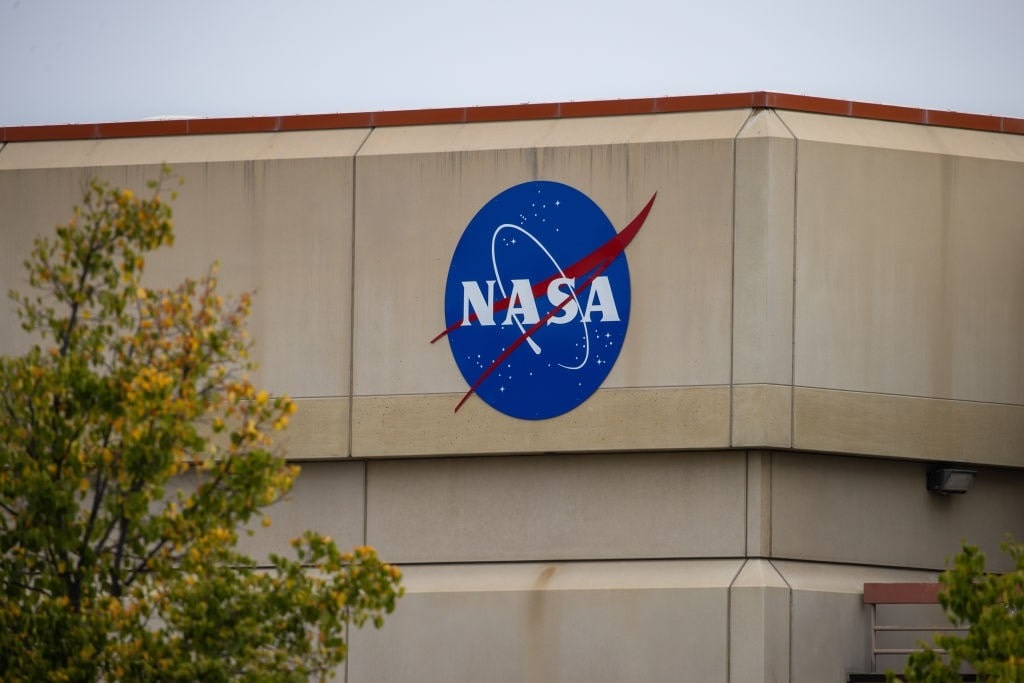How Did Gold and Platinum Arrive on Earth?
A new theory may explain the presence of precious metals.
By: Kirsten Brooker | January 22, 2024 | 527 Words

(Photo by Alexander Manzyuk/Anadolu Agency via Getty Images)
New scientific studies have been released regarding the origin and formation of Earth’s gold and platinum, amongst other precious metals. Though somewhat mysterious, scientists initially theorized that massive meteor showers in the early years of our planet’s formation are responsible for metal deposits within the Earth’s mantle. The latest studies reveal additional theories for the presence of these elements and their specific locations closer to the surface.
Gold and Platinum Explained?
Previous research explains how precious metals became a part of Earth’s deep core but fails to show how they are in shallow, more accessible places. The weight and siderophile (iron-attracted) qualities of these elements easily explain why they are most prominent in deeper areas. Recent tests, however, have revealed possible explanations for why these “heavy” metals can also be found closer to the surface.
 Most researchers agree that gold and platinum formed billions of years ago after Earth collided with celestial bodies early in the planet’s formation. Yale scientists Jun Korenaga and Simone Marchi experimented with a new theory. What the latest research reveals piggybacks off the original theory and explains that beyond the Earth’s deep core-mantle, there is a more temporary or traveling mantle closer to the surface that absorbs falling mineral-rich components and disperses them throughout the mantle, forming over time the precious metals we are most familiar with.
Most researchers agree that gold and platinum formed billions of years ago after Earth collided with celestial bodies early in the planet’s formation. Yale scientists Jun Korenaga and Simone Marchi experimented with a new theory. What the latest research reveals piggybacks off the original theory and explains that beyond the Earth’s deep core-mantle, there is a more temporary or traveling mantle closer to the surface that absorbs falling mineral-rich components and disperses them throughout the mantle, forming over time the precious metals we are most familiar with.
“Our research is a good example of making an unexpected discovery after re-examining conventional wisdom,” Korenaga said. “Working with Simone, who is an expert on impact dynamics, I was able to come up with a novel solution to this conundrum.”
Not only has the latest theory helped to explain the presence of gold and platinum nearer to the Earth’s surface, along with other elements usually found much deeper, but it also sheds some light on the earliest formation of our planet and how it came to be.
NASA’s Psyche Mission

(Photo by Tayfun Coskun/Anadolu Agency via Getty Images)
16 Psyche – an ancient, Greek-named, metal-rich asteroid – is the focus of a NASA mission to learn more about the rocky structures in our solar system. Though so far unproven, the asteroid is believed to contain up to $700 quintillion worth of gold. However, the space mission is far from a get-rich-quick scheme.
16 Psyche orbits the Sun between Mars and Jupiter and is primarily made of metal. The fact that the asteroid is so rich in metals is why scientists are so intrigued to explore it. Most celestial bodies are made up of rock and ice. The metal-rich surface of 16 Psyche signifies that the asteroid was around billions of years ago when violently fierce collisions took place that resulted in the formation of the planets.
NASA’s spacecraft, also named Psyche, will have onboard an imager, magnetometer, and a gamma-ray spectrometer. This equipment will assist scientists with their discoveries and allow them to explore the iron core that is the building block of the planets in our solar system.
Whether or not it is filled with gold, the potential discoveries 16 Psyche has to offer could prove invaluable to the scientists eager to explore it.
















